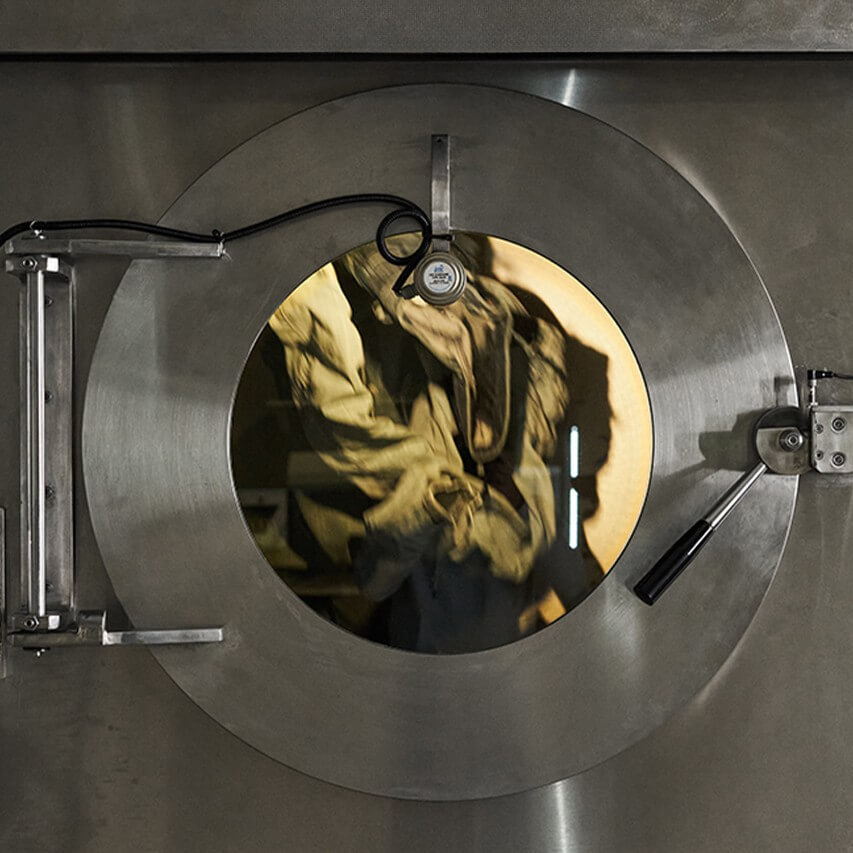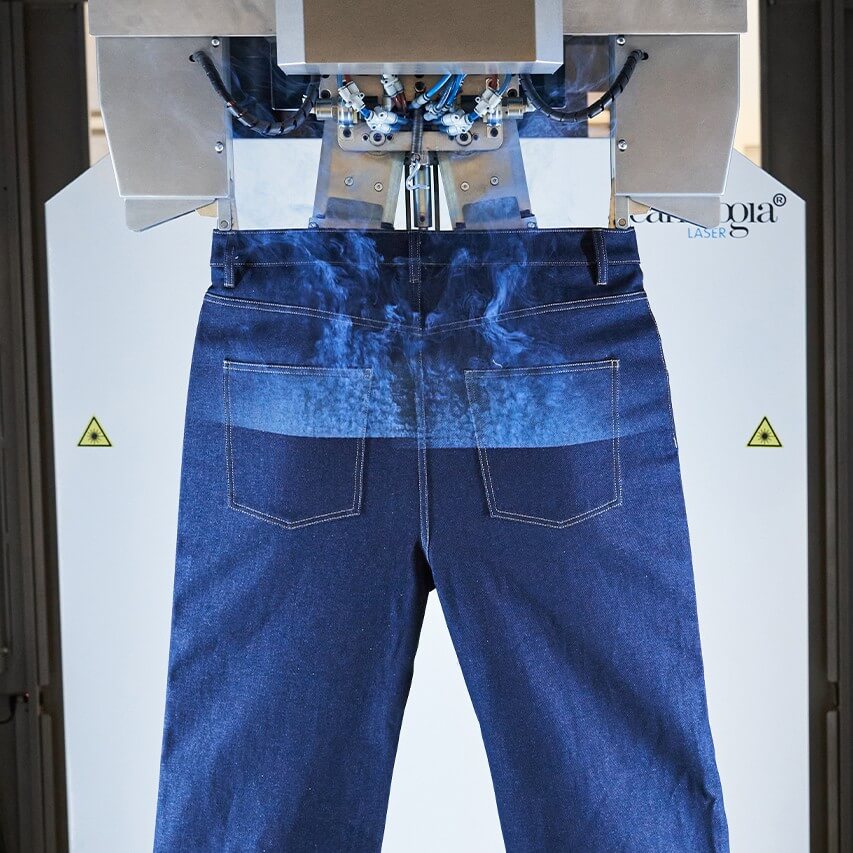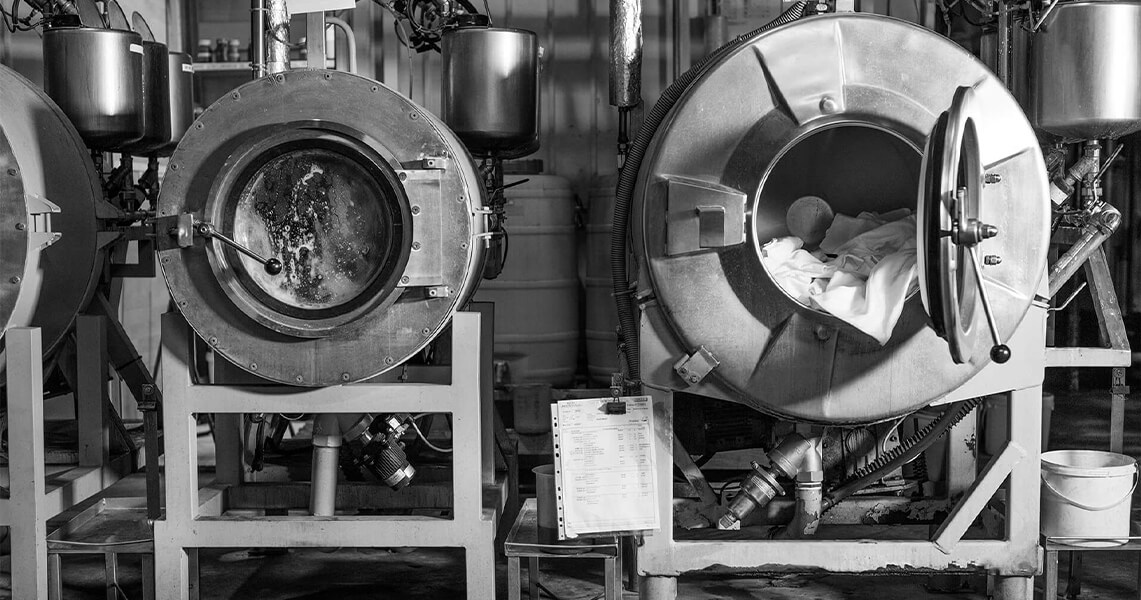| Use to view more |
|---|
 water and effluents |
| Use to view more | |
|---|---|
 | Introduction of the Betterwash® project in 2021 |
| Use to view more | |
|---|---|
 | 42% reduction in average water consumption per piece produced |
| Use to view more | |
|---|---|
 | Ability to reuse 30% of water |
| Use to view more |
|---|
Water is a scarce resource and must therefore be used efficiently, minimizing environmental impact and conserving local ecosystems. In this sense, we are committed to implementing measures to reduce water consumption and ensure adequate treatment and discharge of effluents throughout our operations and supply chain. |
| Use to our washing techniques |
|---|
OUR WASHING TECHNIQUES |
| Use to view more |
|---|
  The ozone washing technique uses energy and ozone as an alternative to traditional washing processes, offering a series of environmental and economic benefits, as there is a reduction in the consumption of water, energy and chemical products. |
| Use to view more |
|---|
  Laser technology is a process that does not consume water or chemicals and provides a custom, innovative finish without altering the final appearance of the item. |
| Use to view more |
|---|
  The e-flow technology consists of applying finishes through spraying, allowing a significant reduction in water and chemical product consumption. |
| Use to view more |
|---|
After identifying and consolidating these techniques and processes in our industrial unit, we decided to move on to the second phase of this project and create a Betterwash® Policy, an extensive technical definition of the best practices we follow in water consumption and effluent production. This Policy must be followed by all our suppliers so that they are also able to improve their water management. Through this collaboration we help suppliers implement more responsible solutions, aligning them with our internal levels of environmental responsibility and promoting positive changes in the textile industry. |


| Use to view more |
|---|
The management of liquid effluents in the textile industry is highly important for reducing environmental impacts, as these processes involve generating large volumes of water containing chemicals such as dyes, pigments, and solvents. Therefore, in our industrial unit, we have implemented a system for separating clean and dirty water in all dyeing and washing machines. Clean waters undergo physical and chemical treatments, being reinserted into our production circuit, with a current reuse rate of up to 30%. Our ambition is to ensure that the reuse process is as efficient as possible without compromising the quality of the items produced, and, therefore, we regularly seek new systems and technological innovation projects, such as biological systems, for more appropriate and responsible treatment. Dirty waters are sent, after physical separation of components, to the Rio Ave Waste Water Treatment Station (TRATAVE) for final treatment of effluents and return to natural water courses, respecting the provisions established in legislation. |
| Use to view more |
|---|

